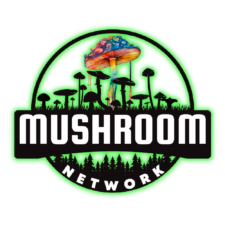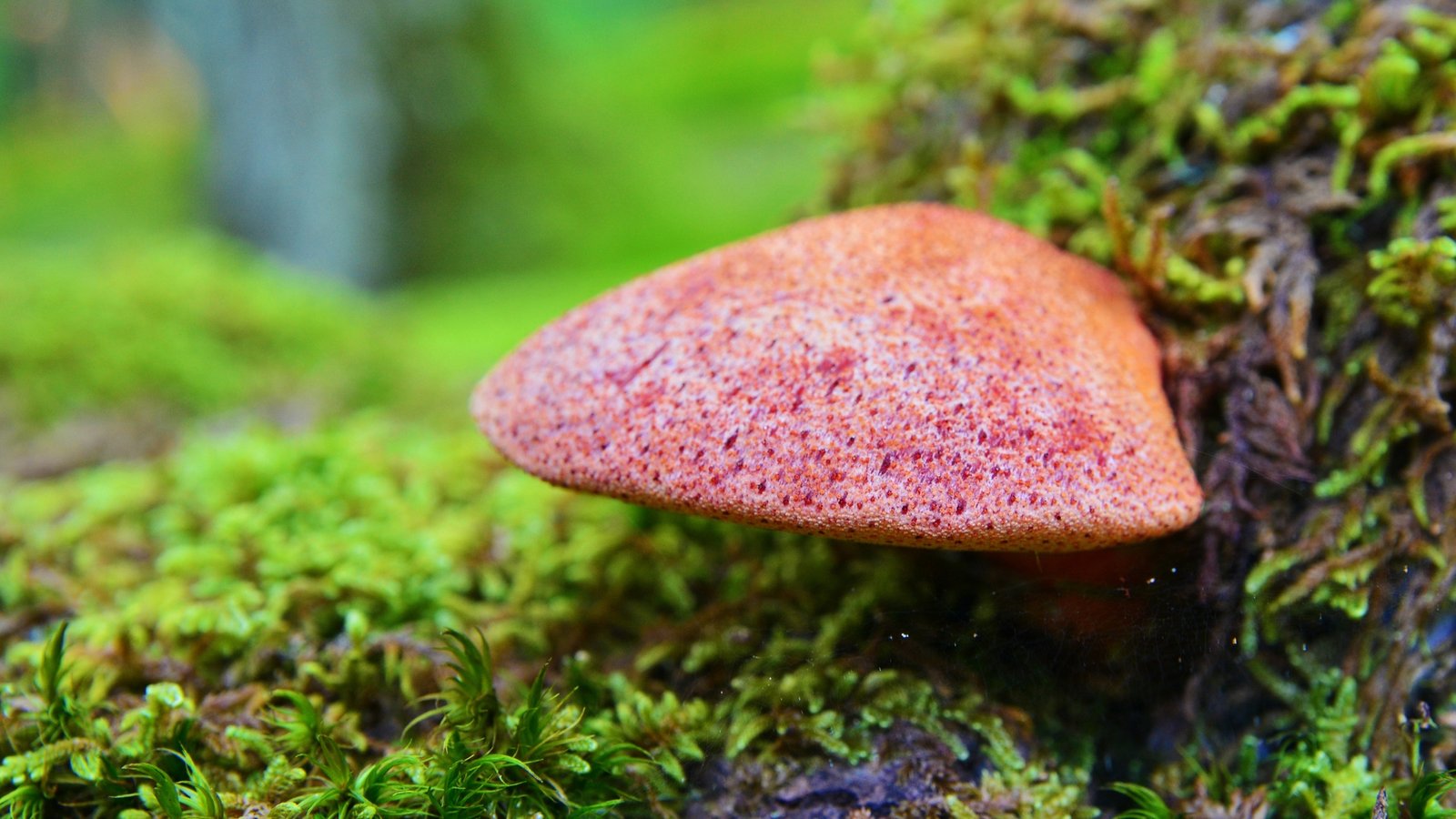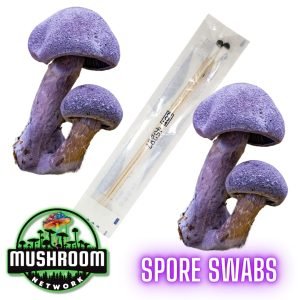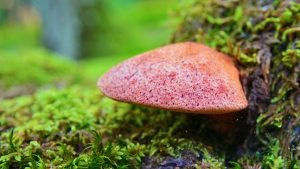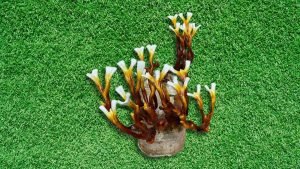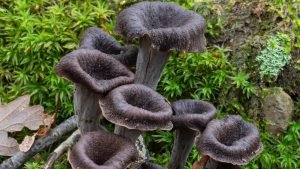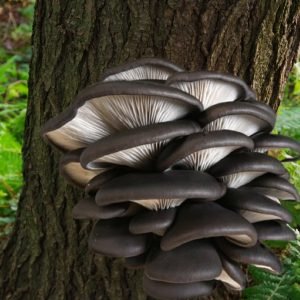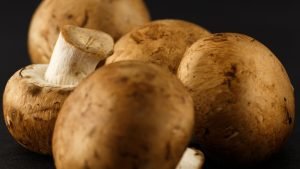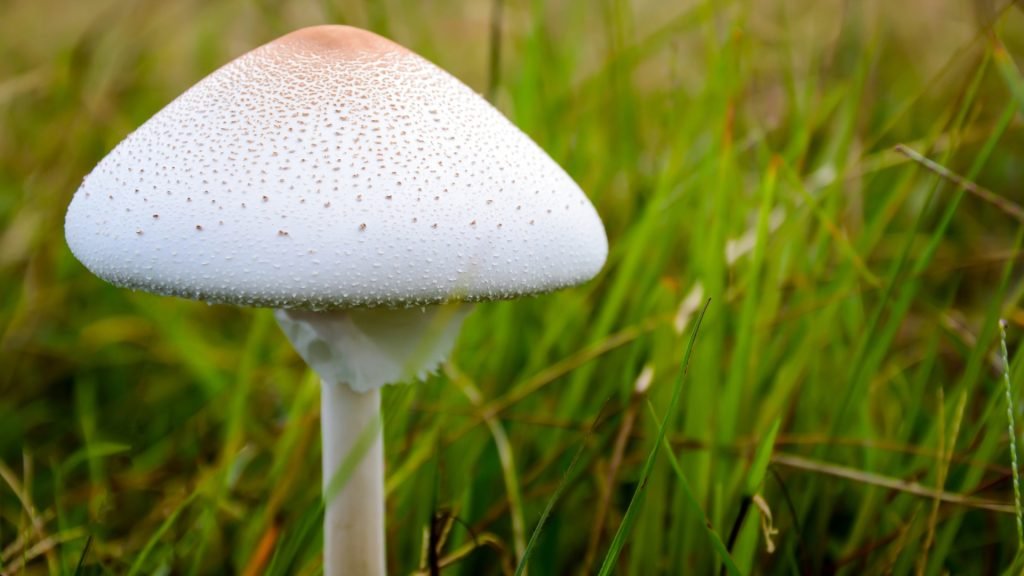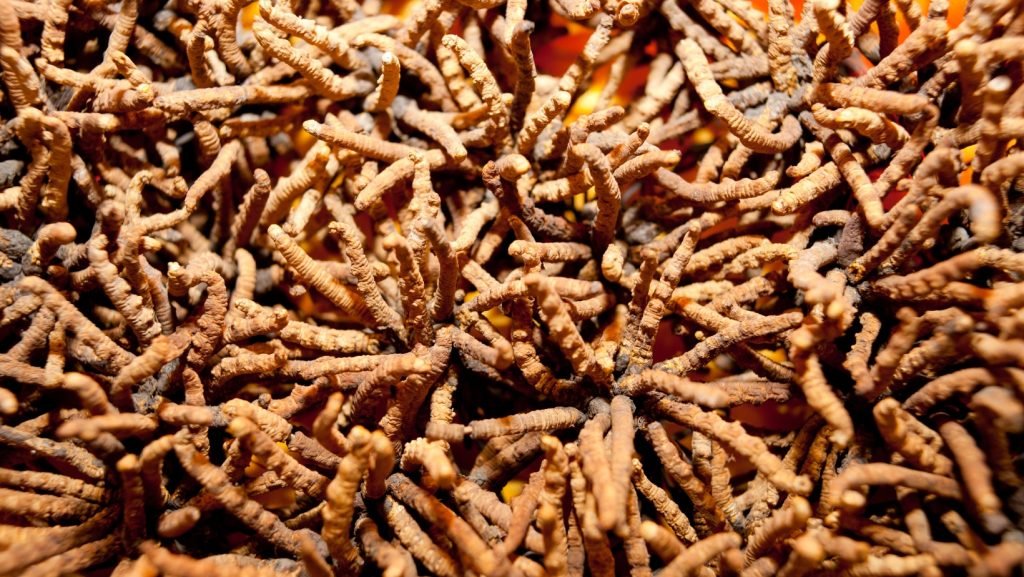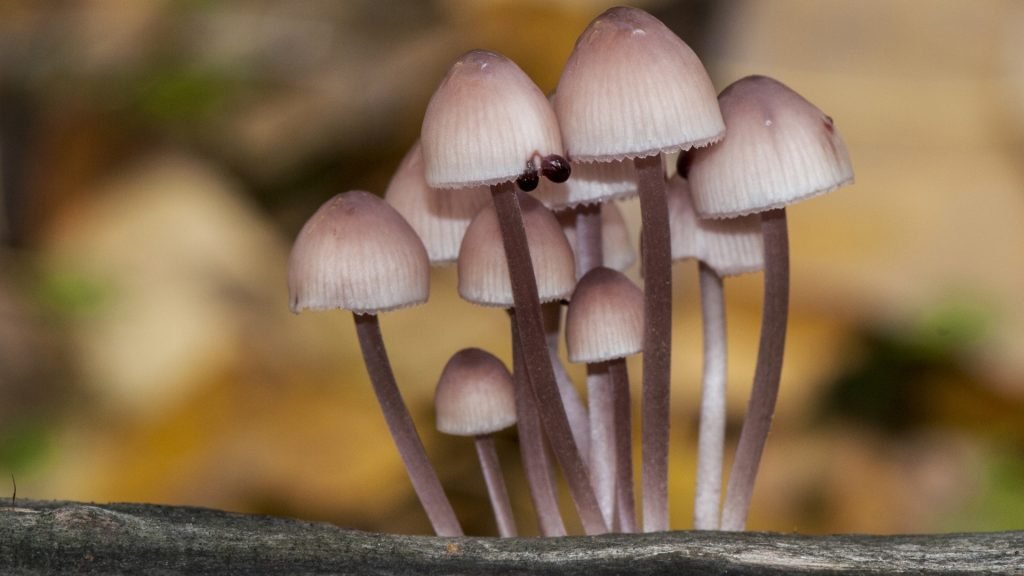Welcome, fungal enthusiasts and curious minds, to an exploration of Fistulina Hepatica, commonly known as the Beefsteak Mushroom. This unique fungus not only mimics the appearance of meat but also holds a fascinating place in the world of mycology and gastronomy.
SCIENTIFIC NAME:
(Fistulina Hepatica)
COMMON NAME(S):
Beefsteak Mushroom | Ox Tongue | Meat Mushroom
I-NAME:
????
Founding Mycologist/Discovered By:
-Unknown-
The discoverer of Fistulina Hepatica remains a mystery, adding to its allure in the mycological community
If you have information, please help us enrich our database!
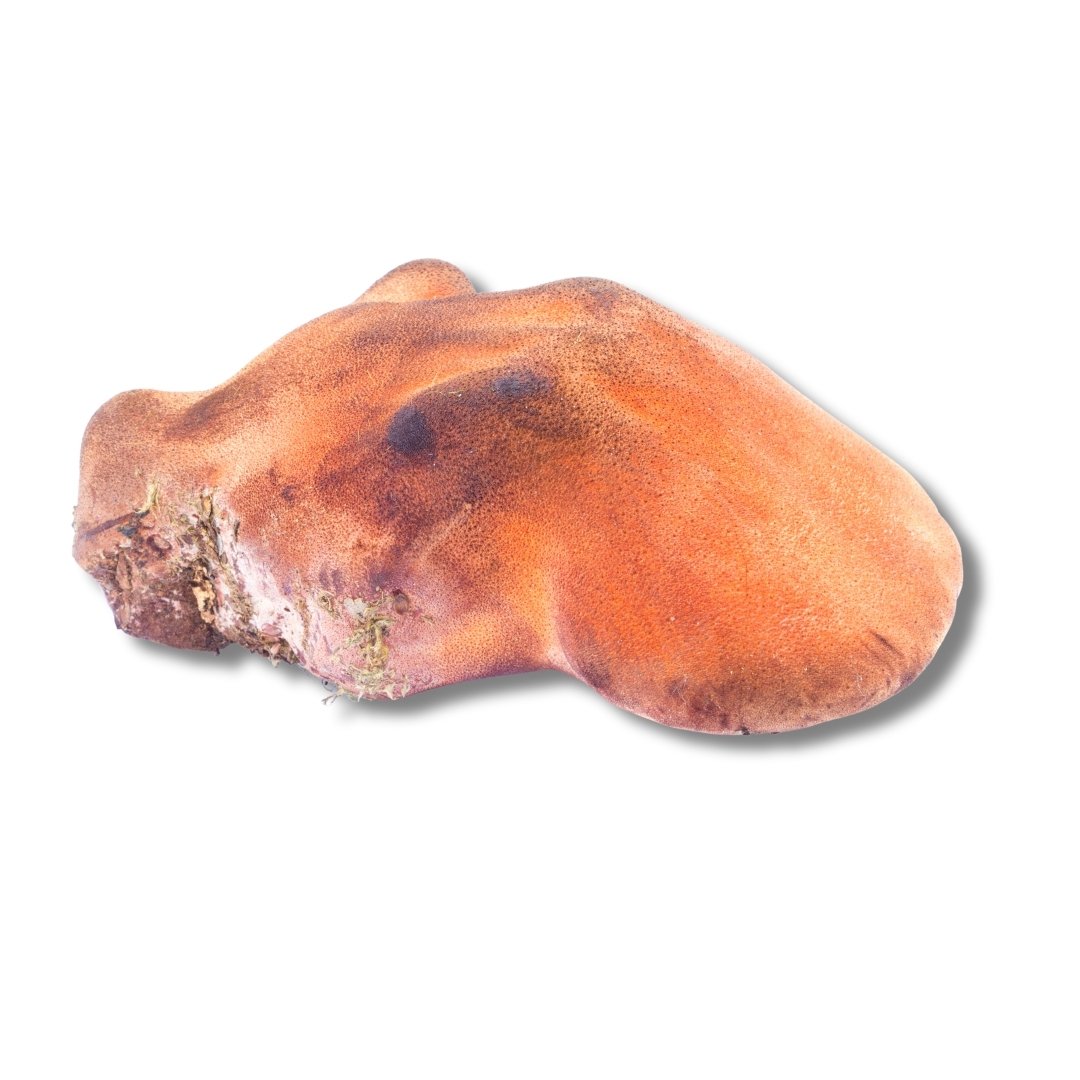
RECOMMENDED TEMPERATURES
Colonizing Temps:60° – 65° | Fruiting Temps:55° – 60° |
SPORE COLOR:
PINK
Embrace the savory world of the Beefsteak Mushroom, a remarkable fungus that offers both a culinary treat and a biological wonder. Its striking resemblance to red meat challenges our perceptions of the fungal kingdom.
DESCRIPTION:
Fistulina Hepatica is easily recognizable by its reddish-brown, meaty appearance, often resembling a slab of beef. Its soft, moist texture and irregular shape contribute to its meat-like qualities, making it a unique find in the forest.
INTENDED USES:
- 🍽 Gourmet (Edible): Celebrated for its rich, slightly acidic flavor, resembling that of meat, making it a popular choice in vegetarian dishes.
- 🔬 Mycological Study: A subject of interest due to its unique enzymes and interaction with host trees.
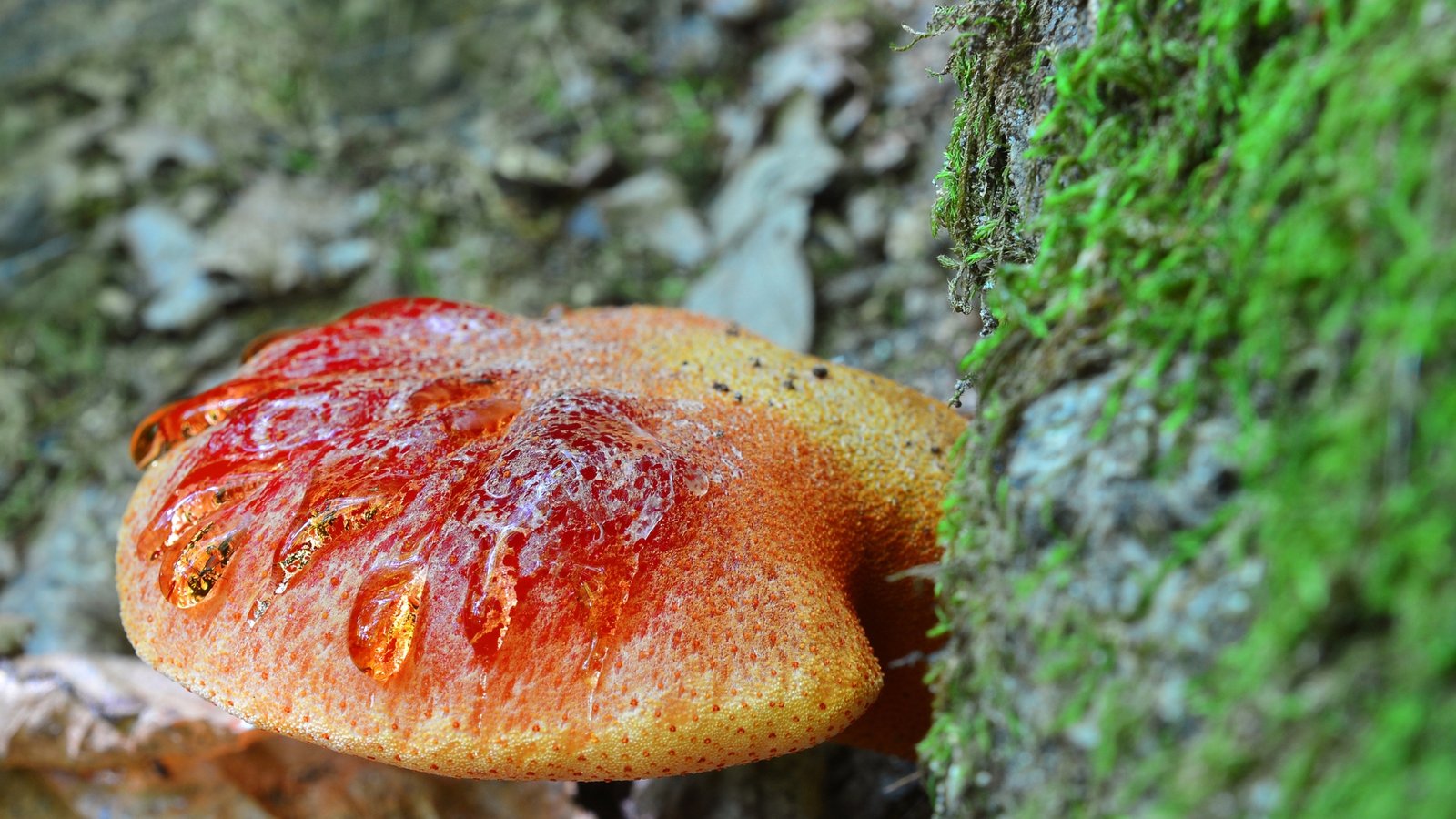
HABITAT AND DISTRIBUTION:
Typically found on oak trees and other hardwoods in Europe and North America, thriving in damp, wooded environments.
ECOLOGICAL ROLE:
As a parasitic fungus, it forms a complex relationship with its host trees, contributing to the decomposition and nutrient cycling within forest ecosystems.
GROWTH AND CULTIVATION:
Cultivation of Fistulina Hepatica can be challenging due to its specific environmental needs and growth on living trees.
HISTORICAL & CULTURAL INFO:
Its meat-like properties have made it a subject of culinary fascination for centuries. In folklore, it’s often associated with strength and vitality due to its robust appearance.
GENETIC LINEAGE/HISTORY:
Belongs to the family Fistulinaceae. Genetic studies highlight its unique evolutionary path and adaptation to hardwood hosts.
CHEMICAL COMPOSITION:
Rich in proteins, vitamins, and minerals, with a unique acidic compound that gives it a tangy flavor. The mushroom’s composition is a focus of nutritional studies.
MEDICAL PROPERTIES (if applicable):
While primarily known for its culinary uses, ongoing research explores its potential health benefits, including antioxidant properties.
CULINARY USES (if applicable):
Widely used in vegetarian cuisine for its meaty texture and rich flavor. Popular in stews, grilled dishes, and as a meat substitute in various recipes.
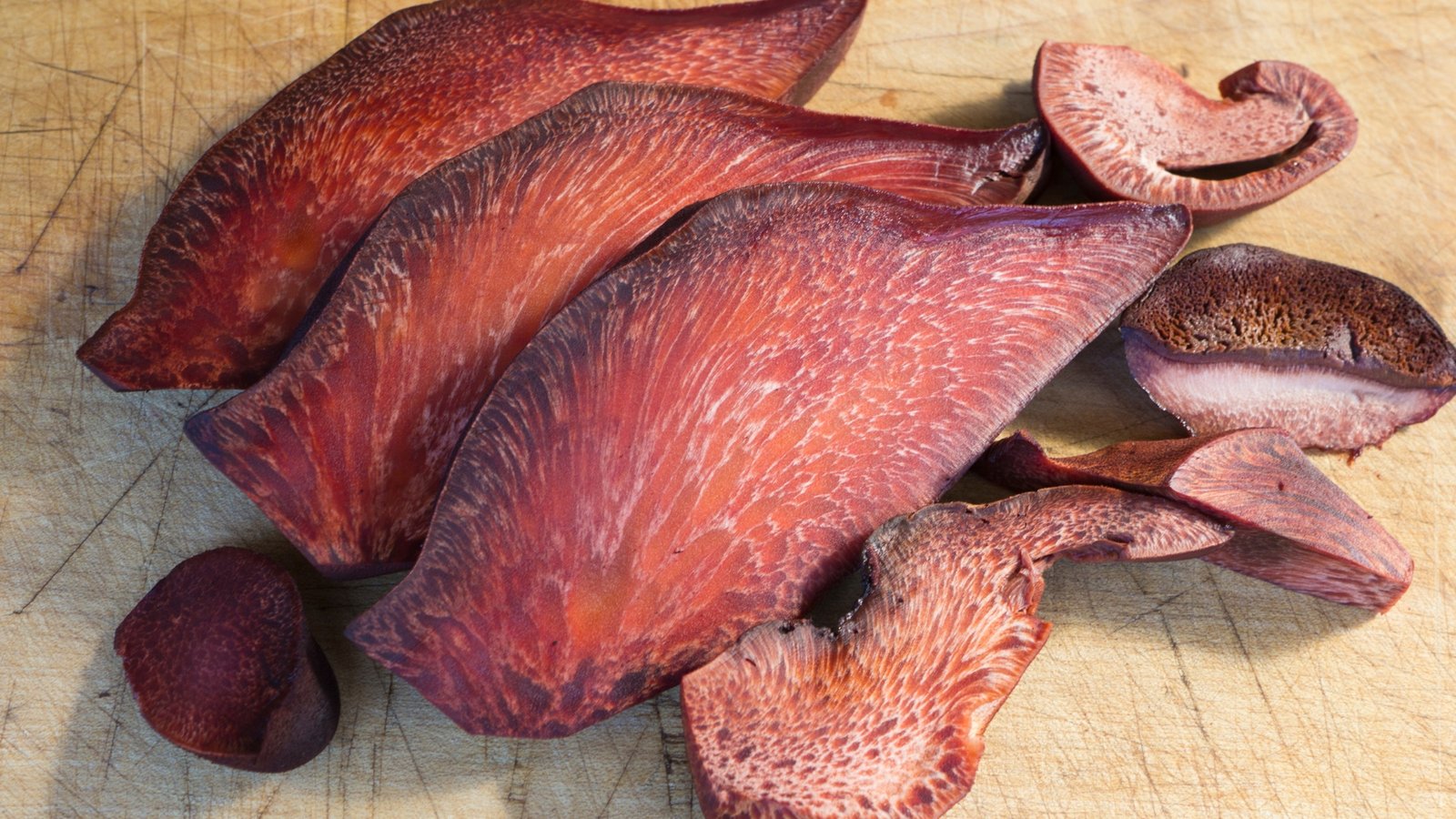
CAUTIONS & WARNINGS:
Proper identification is crucial, as it can be confused with less palatable or toxic fungi. Not recommended for frequent consumption due to its acidity. It is important to consult a doctor before consuming any mushrooms, especially if you have a pre-existing medical condition or are taking medication.
FINAL CONSIDERATIONS:
As we conclude, remember the Beefsteak Mushroom as nature’s gift to both the culinary world and ecological study. Explore our 🍄 Marketplace to learn more about this unique and savory fungus.
Don’t forget to check out the 🍄 Mushroom Network’s Marketplace to see what’s available. But hurry, our shelves are constantly evolving, and you wouldn’t want to miss out on this wonderful mushroom. Join our growing network of Patrons, Genetics, and Mycologist Vendors only on the 🍄 Mushroom Network!
FAQs:
Yes, it’s prized for its meat-like flavor and texture.
It’s versatile in cooking, suitable for grilling, stewing, and more.
Mainly on oak trees in damp, wooded areas.
It’s rich in proteins, vitamins, and minerals.
It plays a role in the decomposition process of hardwoods.
Related Articles:
Beefsteak Mushroom (Fistulina Hepatica)
Welcome, fungal enthusiasts and curious minds, to an exploration of Fistulina Hepatica, commonly known as...
Read More...Other Mushroom Species To Research:
Blue Meanies (Panaeolus Copelandia Cyanescens)
Welcome, fellow mycophiles and curious minds, to the enchanting world of Blue Meanies! As we...
Read More...Antler Reishi (Ganoderma Multipileum)
Ahoy, Patrons and spore enthusiasts! Welcome to the scientific soiree of the Antler Reishi, where...
Read More...Shiitake (Lentinula Edodes)
Welcome to another fascinating journey through the mycological marvels of our planet. Today, we’re diving...
Read More...Black Trumpet (Craterellus Cinereus)
Greetings, fungal aficionados and nature lovers! Today, we embark on a fascinating exploration of Craterellus...
Read More...Other Recommended Reads:
Mastering the Art of Mushroom Field Guides: A Comprehensive Review
From the casual forager to the experienced mycologist, mushroom field guides are indispensable resources for...
Read More...Unveiling the Mysteries of Mushroom Mycelium: A Journey to the Outer Reaches of Space
Mushrooms have long fascinated us with their intriguing forms and culinary delights. But did you...
Read More...Black Pearl Oyster (Pleurotus Ostreatus)
Scientific Name: Pleurotus Ostreatus COMMON NAME(S): Black Pearl Oyster | King Blue Oyster | Midnight...
Read More...From Coastal America to Global Cultivation: The Journey of Agaricus Subrufescens
Mushrooms have always fascinated humans with their diverse forms, flavors, and medicinal properties. Among the...
Read More...Whoa there, Spore Sport! 🍄 Looks like you’re not logged in yet. Don’t you know what you’re missing? MYCO-CREDITS! Imagine all the fungal fun you could have. It’s like finding a Morel in May and not picking it. Tragic, right? Log In or Become a Myco-Patron and start racking up those credits. It’s more rewarding than finding a mushroom in your backyard! 🌟🏡
